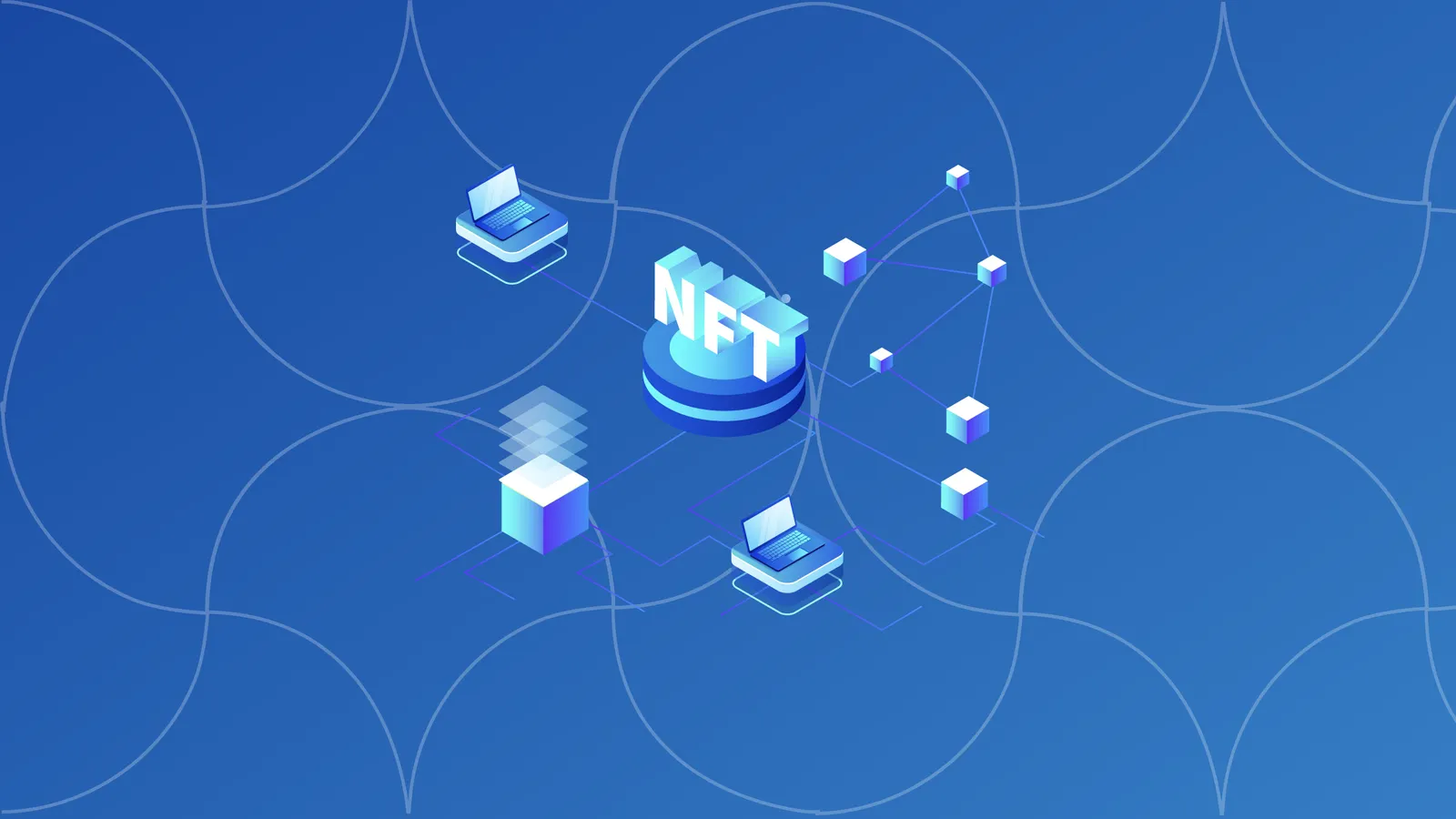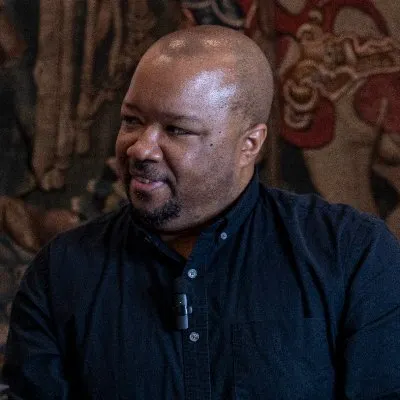Earn a free on-chain NFT by taking our free course, Crypto Investing: Fundamentals First. Decrypt will cover gas fees for the first 10,000 mints!
Ordinals are taking Bitcoin by storm. Ordinal Inscriptions, similar to NFTs, are digital assets inscribed on a satoshi, the lowest denomination of a Bitcoin (BTC). Inscribing on satoshis, named after the pseudonymous creator of Bitcoin, Satoshi Nakamoto, is possible thanks to the Taproot upgrade launched on the Bitcoin network on November 14, 2021.
What is an Ordinal Inscription?
Bitcoin developers have worked to bring non-fungible tokens or NFTs to the number one blockchain for nearly a decade, beginning in 2014 with Counterparty, the creators of the Rare Pepe NFT collection, followed by Stacks in 2017. The Inscription process writes or inscribes the data of the content stored into the witness of the Bitcoin transaction. The witness was introduced in the SegWit upgrade to the Bitcoin network in 2017.
“What the team came up with Ordinals is genius,” Alex Miller, CEO of Hiro, a developer for layer-2 smart contract platform Stacks, told Decrypt in an interview. “It’s super core to the Bitcoin ethos in that they basically took several different things and pieced them together in a way the original creators did not foresee or expect.”
The first step in the creation of Ordinals is users downloading Bitcoin Core and syncing the node to the blockchain. After the sync is completed, the next step is to create an Ordinals wallet and send some satoshis to the wallet.
How did we get to this point?
Launched in 2017, Segregated Witness or SegWit fixed a host of bugs in Bitcoin Core, allowing more transactions per block, and laid the groundwork for Layer 2 payment channels like the Bitcoin Lightning Network. SegWit caused heated debate in the Bitcoin community and led to a hardfork of the network resulting in the launch of rival blockchains, Bitcoin Cash and Bitcoin Satoshi’s Vision, also known as Bitcoin SV.
While detractors may view Ordinals as abusing the network, Ordinals developer Casey Rodarmor says these claims are unfounded.
With Taproot, all parties in a transaction can cooperate to make these complex transactions look like standard, person-to-person transactions. They do so by combining their public keys to create a new public key and combining their signatures to create a new signature. It does this through a device called Schnorr signatures.
The Taproot upgrade also scrambles transactions with single and multiple signatures, making it more challenging to identify transaction inputs on Bitcoin’s blockchain. Taproot enhances privacy while reducing the amount of data needed to make them, lowering transaction costs that have become much higher as Bitcoin has become more popular.
“One thing that people don’t understand is that in order for Bitcoin to be secure, blocks must be full. That is part of the coin security model,” Rodarmor told Decrypt in an interview. “If blocks are not full, then nobody has any reason to pay more than the minimum fee rate to have their transactions included in a block. So, as a result, blocks must be full.”
Ordinals can be a complicated process due to the size of the Bitcoin blockchain and the need to use the Command Line (Windows) or Terminal (Mac/Linux).
What’s next for Ordinals?
The race is on to develop more seamless methods of inscribing on Bitcoin and wallets that make it possible to view the Bitcoin NFT once it is created.
Looking to create a seamless way for collectors to create Ordinal Inscriptions, Gamma, a Bitcoin NFT marketplace on Stacks, began offering a paid service that allows users to inscribe images and text. Other projects providing this service include Oridalsbot from the creators of the Satoshibles NFT collection.
Hiro Systems announced Tuesday it is rolling out support for Odinals on its Hiro Wallet, and on Wednesday, Xverse, a Bitcoin-based web wallet, also launched support for Bitcoin NFTs.
Stay on top of crypto news, get daily updates in your inbox.






